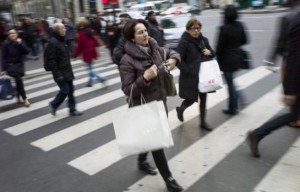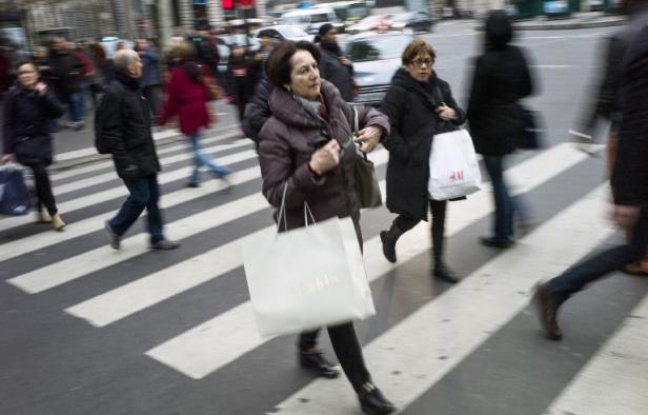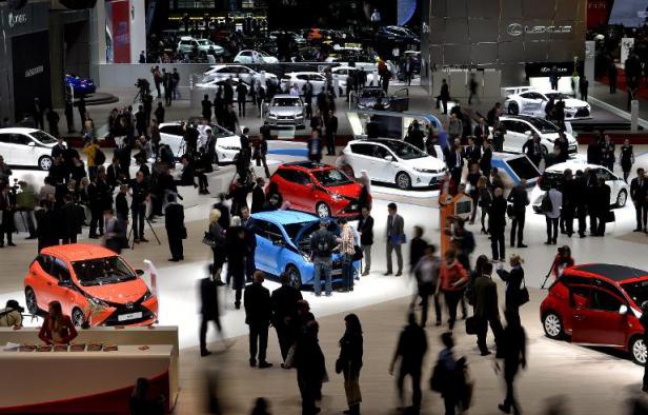
The indicators published this week in France suggest that the country has started the year on a robust growth rate, but economists remain cautious, waiting for investment and jobs take off.
The indicators published this week in France suggest that the country has started the year on a robust growth rate, but economists remain cautious, waiting for investment and job to take off.
French industrial production as a whole fell by 0.3% in March, after rising 0.5% in February, said INSEE.
But Insee stresses that throughout the first quarter, this key indicator for growth is largely positive, with an increase both for industry (+ 1.4% ) and for manufacturing (+ 0.8%), not including the industries of water, energy and mines in the figures.
As for the trade balance, despite the low consumer spending in the French economy, there has been an increase in the deficit for March to 4.6 billion euros, a billion more than in February, according to Customs, which is due in largely by higher energy costs.
INSEE is to publish on May 13 its first estimate of growth in the first quarter. The Bank of France has already estimated a figure of 0.4%.
The publication will give a first idea of the strength of the recovery in France. The government expects a growth in gross domestic product of at least 1% this year, after just 0.4% in 2014.
To believe the executive, unemployment will start to decline after reaching a rate of 1.5%.
Economists were content with the latest publication of the performance in the industry, but remained cautious afterwards.
Dominique Barbet, at BNP Paribas, revised upward in a note its growth forecast for the first quarter, now close to that of the Bank of France.
But he sees the persistence of the trade deficit a “source of concern” and believes that in the second quarter, this dynamic start to the year will falter and start to wane.
Eric Heyer, of the French Economic Observatory, said to AFP that “1.4% growth (in industrial production in the first quarter) is still a very big number,” and do not exclude a growth of 0.5% of quarterly GDP.
– A “sufficiently strong” stimulus –
But he said that the construction sector continues to remain depressed, and specifies that the recovery so far is based on a “demand shock that we do not control completely,” combining a weak euro, cheap oil and favourable financing conditions.
Besides this external environment can change at any time, as evidenced by the market turmoil in recent days, according to the economist remains to be seen whether this stimulus, coupled with the pro-business government policies, “will be strong enough to trigger investment and employment. ”
“If the end of the year we do not see at least some stirrings in this direction, it will be of concern,” says Heyer.
In the detailed figures, according to Insee, industrial production in the first quarter increased significantly in energy (+ 4.5%), but also in capital goods (+ 1.7%).
In March, the decline was mainly due to a decline in mining, energy, water (-2.9%).
On the side of foreign trade in March Aeronautics and Space surplus shrank by $ 0.5 billion, “after extensive space contracts in February and due to a lower contribution from Airbus (planes being finalized and final sales), “say the Customs, referring to contracts for space (satellites) with Russia and the United States for a total of about 300 million.
Moreover, according to Customs, “one sector that sees its trade balance to improve significantly, is that of the pharmacy industry, whose sales are very strong.”
Exports in March reached 37.6 billion euros against 42.2 billion of imports.
The cumulative deficit of the 12 months ended in late March is 51.2 billion lower than in 2014 (53.8 billion).




